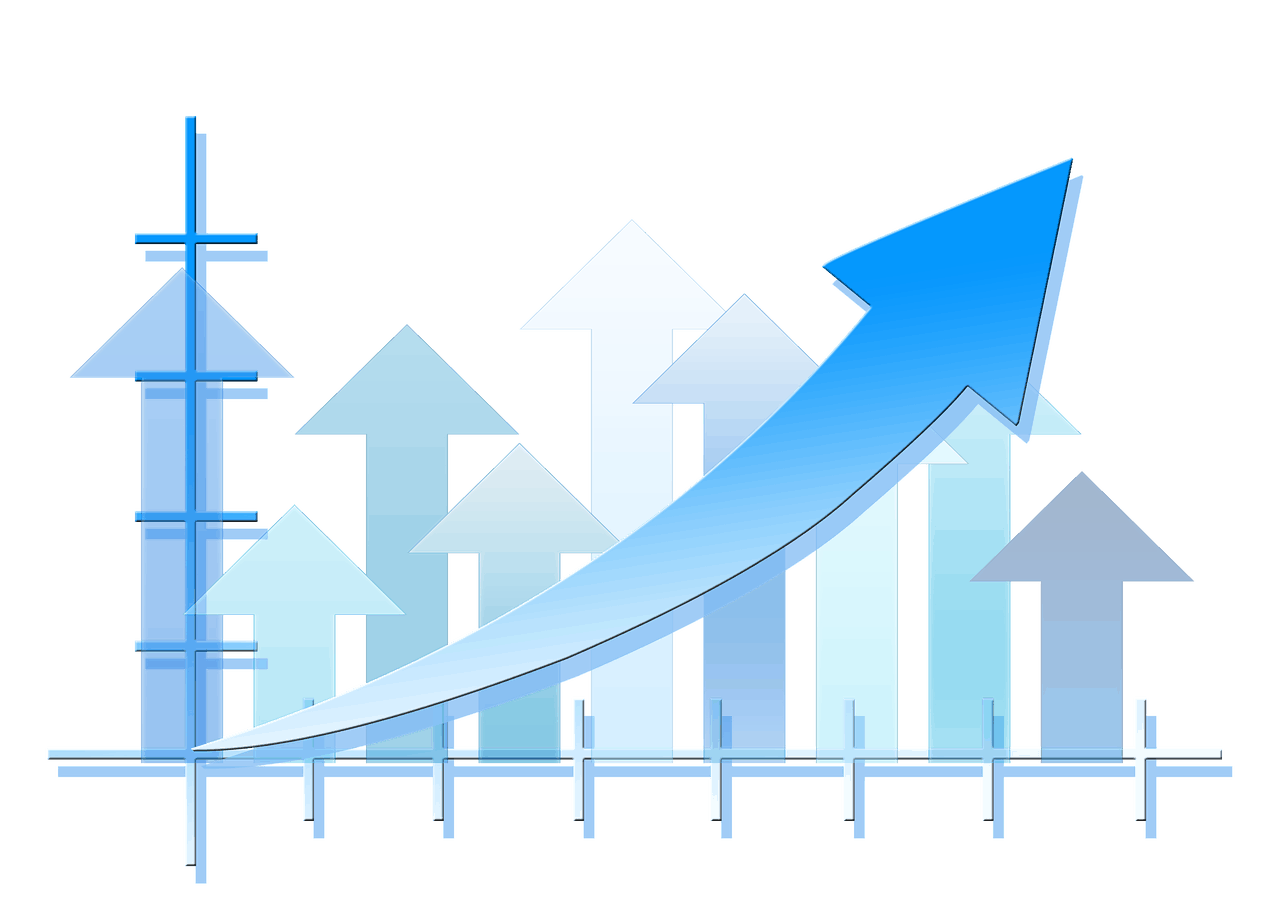Job and GDP Growth Numbers Signal Improving Economy

 Today’s jobs numbers, which were modestly above expectations, are yet another sign that the economy is starting to pick up steam as a result of free-market supply-side stimuli. The economy added 200,000 more jobs in January, above the expected number of 180,000 (according to a survey of analysts by Bloomberg News).
Today’s jobs numbers, which were modestly above expectations, are yet another sign that the economy is starting to pick up steam as a result of free-market supply-side stimuli. The economy added 200,000 more jobs in January, above the expected number of 180,000 (according to a survey of analysts by Bloomberg News).
Perhaps more importantly, the Federal Reserve Bank of Atlanta yesterday reported that its economic model suggested growth over the last quarter could be over 5 percent, double the consensus of economists. This would represent the economy bursting back into life after the long winter since the financial crisis. Indeed, such growth numbers would probably lead to fears of inflation, which would in turn lead the Jerome Powell-led Federal Reserve to raise interest rates, probably at a much faster rate than expected. (Those fears would be mistaken, as inflation happens when output is static but there is more money in the economy—with economic growth, that won’t happen).
It should be noted that these good job and GDP indicators have not come about as a result of any active government spending or direction. They are the result of supply-side stimuli—deregulation (or at least a halt to new regulation) over the past year and the reduction in tax burden as a result of the recent tax law.
Throughout the long winter, we repeatedly noted that regulation in particular was discouraging employers from hiring. Now that it looks like unemployment could start to fall below 4 percent, the indicator we really need to look for is a fall in discouraged workers and/or increase in the labor force as people move out of things like extended education and back into paying work. That, however, will probably need genuine deregulation on top of the tax cuts.
As most of the really damaging regulations take time and effort to roll back, and as many of them are required by legislation, this process may take longer than the jobs and growth numbers presently indicate. Congress can help by moving forward with such reforms as the Dodd-Frank rollback that will increase access to capital.
Nevertheless, it appears that free-market supply-side measures are still the best way to get the economy moving again.
Thanks to David Henderson for pointing out a careless mistake in the first version of this post.